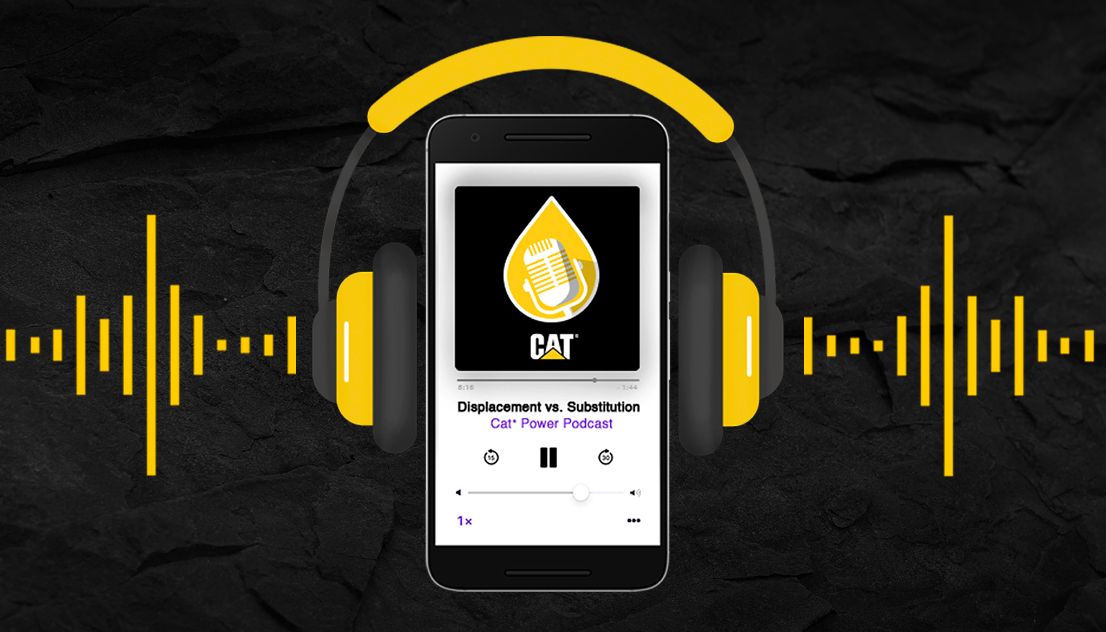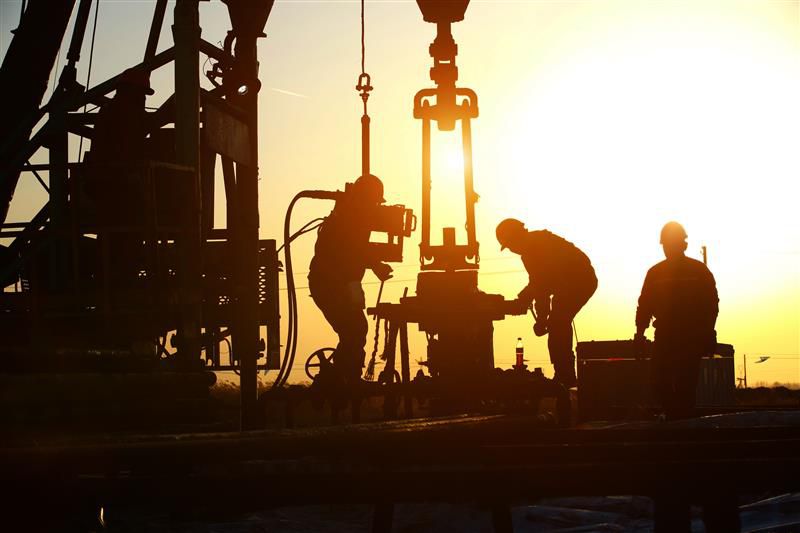

Sign In
Welcome! Sign In to personalize your Cat.com experience
If you already have an existing account with another Cat App, you can use the same account to sign in here
Register Now
One Account. All of Cat.
Your Caterpillar account is the single account you use to log in to select services and applications we offer. Shop for parts and machines online, manage your fleet, go mobile, and more.
Account Information
Site Settings
Security
Making “Dumb” Iron Smart with PEMS (Pump Electronic Monitoring System)
Learn the story of how the Pump Electronic Monitoring System was designed to help operators monitor the conditions of well stimulation pumps.
Posted January, 2023
To hear Derek Kamp talk about earning a patent for the Pump Electronic Monitoring System, or PEMS, you’d think it was no big deal.
“It was just an idea that came from an off-the-cuff comment,” he says of the system, which collects data from sensors onboard a frac pump and alerts users if that data uncovers a potential problem.
Not according to Rodney Harms, now product manager for Caterpillar Oil and Gas, who was Kamp’s manager during the PEMS development process. He insists there’s more to the story.
“At the time, Derek was in a product definition role, where what you’re really doing is listening to customers and trying to understand how to solve their problems,” Harms says. “He did a great job of hearing what customers needed with regard to the pump and realizing the value we could create with a pump monitoring system. Then he engaged the right technical expertise within Caterpillar to develop it and also built excitement with our customers that PEMS could solve their problem.”
Identifying the problem
That problem was this: Unlike Cat® engines and transmissions for oil and gas applications, which have long featured electronic monitoring systems to help pinpoint and prevent failures, pumps were — there’s no way to put this nicely — pretty dumb.
“A pump was just a piece of iron that ran, failed, and then the customer had to look at the parts to see what had happened,” Kamp says. “We were like, ‘Why does it have to be that way? Why can’t we put an electronic control module on a pump just like we do on an engine or transmission?’”
It wasn’t a brand-new idea. Because a frac pump costs hundreds of thousands of dollars — and can be destroyed in a matter of hours if not operated correctly — customers had been looking for some time for a solution to mitigate failures. Other manufacturers, and even some frac operations themselves, had tried unsuccessfully to create pump monitoring systems. But Kamp knew he had something they didn’t: the in-house expertise to make it work.
“Others had failed, so we could have said, ‘Why even bother trying?’” he says. “But with Cat Electronics, we had a competitive advantage. They may not have known frac pumps, but they knew engines and transmissions and digital signatures.”
Turning data into a solution
So Kamp put together a technical requirements document, which detailed what customers said they wanted from a pump monitoring system — chief among them the ability to detect leaks and cavitation and to monitor speeds, temperatures, and lube pressures. He submitted that to Cat Electronics, which returned with a plan of attack, a budget and a timeframe.
After getting the go-ahead from leadership, Kamp and his team kicked off an official New Product Introduction project for PEMS. They first partnered with a hydraulic fracturing provider to instrument two pumps, collect data and analyze it. From there, they developed strategies for how to use data to detect failures in real time while the pump was operating. (These strategies, which identify exactly which pump has the problem and precisely where on that pump it’s occurring, are ultimately what earned the patent.)
The final steps were installing prototype systems on frac sites and implementing a field follow program to ensure the system worked as planned. After a few final tweaks, generation one of PEMS was released in May 2016 — and for the past six-plus years, this smart system has been helping frac operations reduce downtime, preserve power end and fluid end components, avoid catastrophic failure and make smarter decisions about preventive maintenance.
Pushing beyond the “same old iron”
As someone who grew up loving math and science, and who started working at Caterpillar right after receiving his degree in mechanical engineering from Bradley University, Kamp admits that receiving a patent for PEMS — which he and two Cat Electronics colleagues were awarded in February 2018 — was “an honor.” But he’s quick to give the credit to others.
“I had the idea, but they took it and ran with it,” he says of the Cat Electronics team. “The key was having engineers with the know-how to say, ‘Hey, that might work.’”
Though Harms acknowledges Cat Electronics’ important role in the project, he still attributes much of PEMS’ success to Kamp — particularly his background as an engineer, combined with his experience in the field as a parts and service representative.
“Derek’s an engineer by education so he likes getting into the details, but he also knows that just because you can engineer something doesn’t mean the customer wants you to,” Harms says. “So he said, ‘Let’s start with something that has most of what the customer needs and make it available quickly to solve the problem, then we can iterate from there.’ He came up with the multigenerational plan for the product, knowing each successive generation will be better.”
In fact, generation two of PEMS was released in 2019, and Kamp — who today serves as the Vice President for Well Service Customer Relationship Management — is excited to see technology becoming an even bigger differentiator for Cat products.
“Most of what we’ve done in the past has been about increasing horsepower or reducing weight,” Kamp says. “This was really a from-scratch, think-outside-the-box project where we introduced technology to improve the product. We’re always trying to push beyond the same old iron.”
Making it smarter and moving it forward — that’s how the work gets done.

Get the latest stories sent directly to your inbox.
Related Content
-
Cat® Oil and Gas Blog
The oil and gas industry is constantly changing, offering operators new solutions, trends, and products to adopt so they can do what they do best. Read the blog posts below and go beyond the iron of Cat® Oil and Gas products to help you stay ahead of the game.
Learn More -
Oilfield Songs from Top Country Artists
Sit back and let this top country songs inspired by the oilfield take you on a musical journey from the coal mines of the Appalachia to the basins in the West.
Learn More




